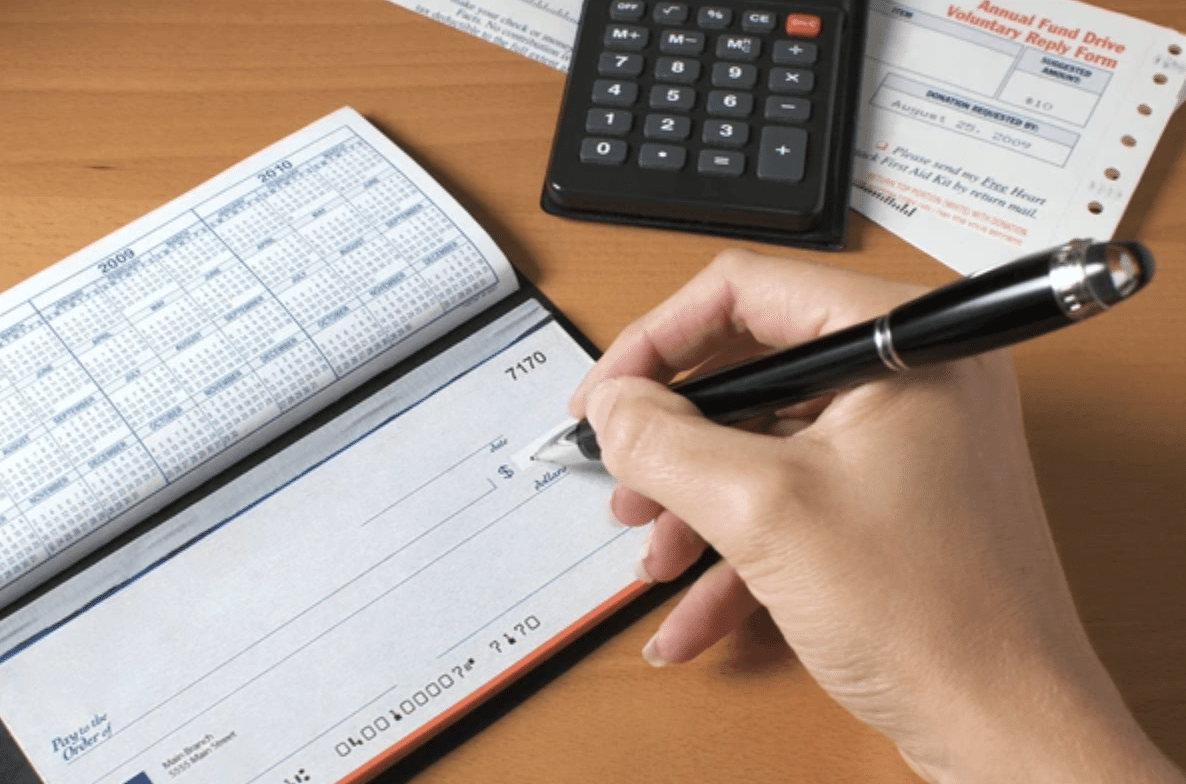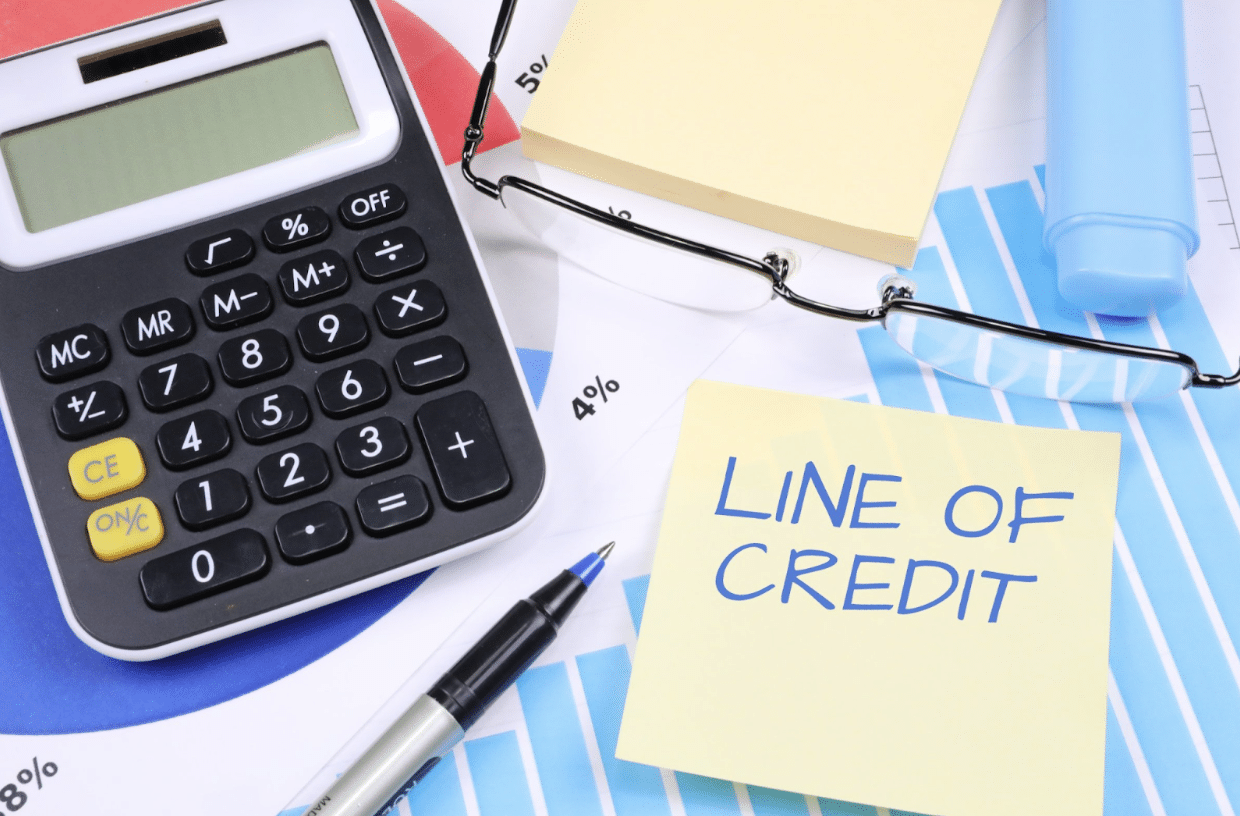Frequently Asked Questions About The Dividend Tax Rate in Canada: What You Need to Know Now
What exactly are dividends?
This is the payment a company will make based on the profits it has made. The dividends are paid out to shareholders. This earns the shareholders a return on their investment. Dividends are paid out based on the amount of shares that each shareholder owns. Often, the dividend is paid at a time the company has extra money that it doesn’t need to reinvest into the company.
The corporation will decide the eligibility of a stock’s dividend based on how much it earned. Earnings don’t have to be massive, and the company doesn’t have to be private.
Is it better to take dividends or salary in Canada?
Dividends can potentially reduce taxes when compared to wages. Paying dividends takes away the need to contribute to CPP. This can lower your personal costs. CPP costs you 5.7% on the first $64,900 earned.
What is the frequency of dividend payouts?
Monthly, quarterly, twice per year, or yearly.
What makes a dividend eligible?
Dividends are received from public and private corporations who haven’t received small business deductions. They have to have high earnings (over CAD $500,000).
What’s the Canadian dividend tax rate?
This is the tax rate that will be applied to dividend income. It’s not what you’ll pay however. The federal government will add 38% to eligible dividends and 15% on non-eligible dividends. This gives the gross-up total. The federal government has a fixed tax credit of 15.0198% on eligible dividends. For non-eligible dividends, there’s a rate of 9.031%.
How do I invest in dividend stocks?
You first need to decide what stock you want to invest in. You can choose from a few different trading platforms or choose a brokerage. You then want to choose an investment style. Maybe you’re looking for individual stocks that pay dividends. Know the health of the company that is paying dividends and find out where you can buy their shares. Do be sure to look at what dividend payments have looked like over recent years as well as the financial health of the company currently.
How does the dividend yield help me choose a stock?
When you research the dividend yield, this will help you decide if a company stock is worth your investment. The dividend yield will show you how much the company has been paying out dividends yearly and the company’s market price per share. Of there are high dividend yield, it can mean higher dividends for you.
What is the income tax rate on dividends in Canada?
This will depend on your calculated nominal tax rate as it’s based on the individual.
How much tax is paid on a dividend?
The dividend tax rates 7.5% (basic), 32.5% (higher) and 38.1% (additional).
Are dividends and stocks taxed similarly in Canada?
How dividends and stocks are taxed are totally different. With capital gains of stocks, half of it is taxable at your current tax rate. So say you have $1,000 in capital gains, you’ll pay tax on $500. If your tax rate is 30%, you pay $150 in taxes on your capital gains.
When you get dividends as a shareholder, you have to declare it on your income tax. With the breakdown provided, you pay $214.07 for a $1,000 dividend.














